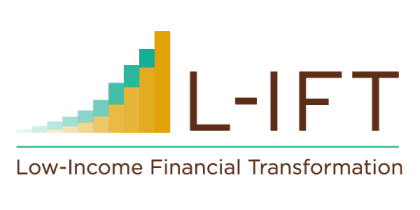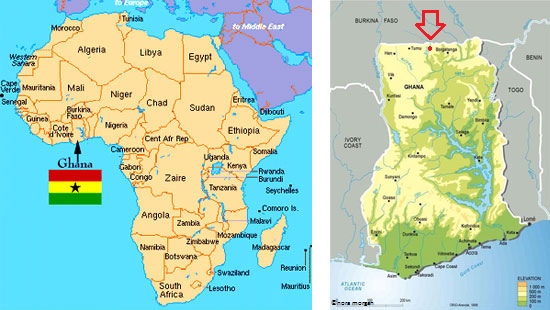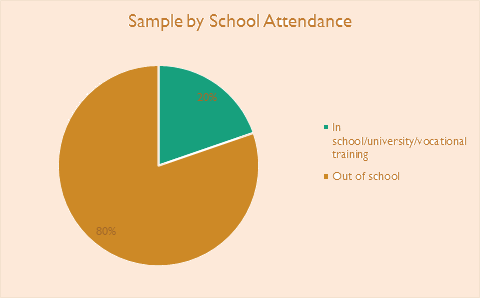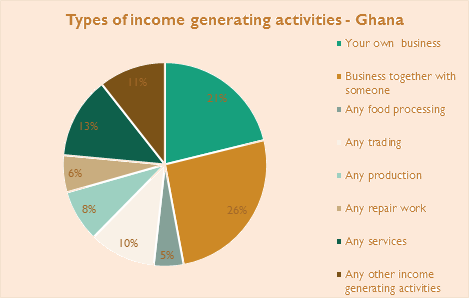The research in Ghana started in February 2015 and will run until September 2015. Below the exact timeline of the different implementations can be found.
At the moment 120 youth between the age of 18 and 24 are being interviewed in 6 different rural areas in Navrongo, Northern Ghana. These areas are: Wuru, Wusungu, Nimbasinia, Nagalkinia, Korania and Vunania.
Sample segmentation
Age
Age: The age of respondents from 18 to 24 is almost equally distributed with slightly more of age 18 and less of age 19 and 24.
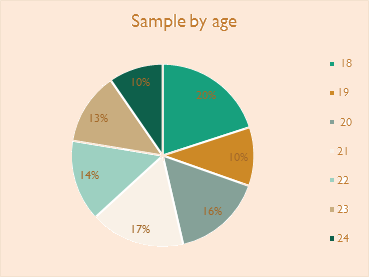
Gender
Gender: The sample consists of 57 per cent young women and 43 per cent young male.
Rural/urban
Location: 93 per cent of the sample are village respondents while 5 per cent are from a city and 2 per cent from a town.
In/out of school
School Attendance: 56 per cent are currently out of school, 43 per cent attend school, 1 per cent attend vocational training and no one attends university.
Wealth levels
The Progress out of Poverty Index® (PPI®) is a poverty measurement tool for organisations and businesses serving the poor. By answering 10 questions on household’s characteristics and asset ownership the likelihood of a respondent living below the poverty line – or above by a small margin – is determined.
Active business or income generating activity
Respondents were asked the business or income generating activity they have through which they earn money. 26 per cent have a business together with someone, 21 per cent have their own business; 13 per cent were involved in any services; 11 per cent are involved in any other income generating activities; 10 per cent are involved in any trading; 8 per cent are involved in production, 6 per cent are involved in repair works and 5 per cent are involved in food processing.
